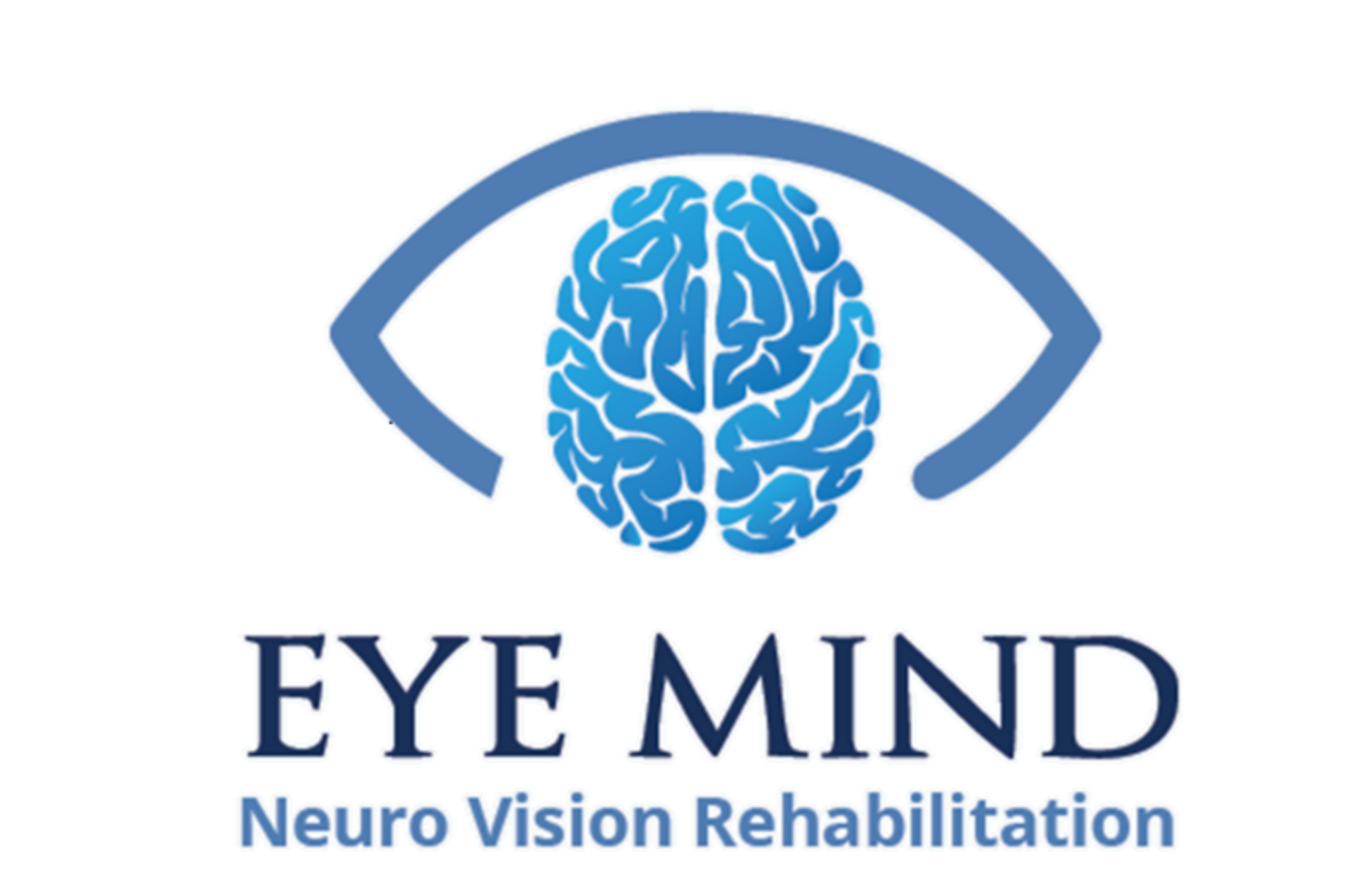Meningitis, encephalitis & Lyme disease
Infections and other disorders affecting the brain and spinal cord can activate the immune system, which leads to inflammation. These diseases, and the resulting inflammation, can produce a wide range of symptoms, including fever, headache, seizures, and changes in behavior or confusion. In extreme cases, these can cause brain damage, stroke, or even death.
Inflammation of the meninges, the membranes that surround the brain and spinal cord, is called meningitis; inflammation of the brain itself is called encephalitis. Myelitis refers to inflammation of the spinal cord. When both the brain and the spinal cord are involved, the condition is called encephalomyelitis.

What causes meningitis, encephalitis & Lyme disease?
Infectious causes of meningitis and encephalitis include bacteria, viruses, fungi, and parasites. For some individuals, environmental exposure (such as a parasite), recent travel, or an immunocompromised state (such as HIV, diabetes, steroids, chemotherapy treatment) are important risk factors. There are also non-infectious causes such as autoimmune/rheumatological diseases and certain medications.
Meningitis
Bacterial meningitis is a rare but potentially fatal disease. Several types of bacteria can first cause an upper respiratory tract infection and then travel through the bloodstream to the brain. The disease can also occur when certain bacteria invade the meninges directly. Bacterial meningitis can cause stroke, hearing loss, and permanent brain damage.
Viral, or aseptic, meningitis is usually caused by enteroviruses—common viruses that enter the body through the mouth and travel to the brain and surrounding tissues where they multiply. Enteroviruses are present in mucus, saliva, and feces, and can be transmitted through direct contact with an infected person or an infected object or surface. Other viruses that cause meningitis include varicella zoster (the virus that causes chicken pox and can appear decades later as shingles), influenza, mumps, HIV, and herpes simplex type 2 (genital herpes).
Fungal infections can affect the brain. The most common form of fungal meningitis is caused by the fungus cryptococcus neoformans (found mainly in dirt and bird droppings). Cryptococcal meningitis mostly occurs in immunocompromised individuals such as those with AIDS but can also occur in healthy people. Some of these cases can be slow to develop and smolder for weeks. Although treatable, fungal meningitis often recurs in nearly half of affected persons.
Parasitic causes include cysticercosis (a tapeworm infection in the brain), which is common in other parts of the world, as well as cerebral malaria.
There are rare cases of amoebic meningitis, sometimes related to fresh water swimming, which can be rapidly fatal.
Encephalitis
Encephalitis, usually viral, can be caused by some of the same infections listed above. However, up to 60 percent of cases remain undiagnosed. Several thousand cases of encephalitis are reported each year, but many more may occur since the symptoms may be mild to non-existent in most individuals.
Lyme disease, a bacterial infection spread by tick bite, occasionally causes meningitis, and very rarely encephalitis. Rabies virus, which is transmitted by bites of rabid animals, is an extremely rare cause of human encephalitis.
Lyme disease
Lyme disease is caused by the bacterium Borrelia burgdorferi and is transmitted to humans through the bite of infected blacklegged ticks. In its early stages, Lyme disease commonly results in a rash, which can appear anywhere from one day to one month after a tick bite, joint pain and headaches. Later-stage Lyme disease is characterized by arthritic pain, cognitive difficulties, fatigue and other symptoms that can have an enormous effect on a patient’s life.
One tick may carry more than one disease, so sometimes people get more than one co-infection from the bite of a single tick. Experienced doctors may be able to distinguish each of the tick-borne co-infections and order appropriate tests and treatment. If left untreated, infection can spread to joints, the heart, and the nervous system.
A blood test may be negative but the patient will have many symptoms, including visual processing dysfunction that can affect function, performance, cognitive and balance related activity. If not properly diagnosed and treated the infection, over months and years, becomes neurological and can’t be cured. This is where a Neuro-Optometric Rehabilitation Optometrist can play a critical role in early diagnosis and treatment.
How does Lyme Disease Affect Vision?
In the early stages, visual symptoms can include: blur, visual fatigue, double vision, headaches associated with visual activities, losing place when reading, seeing words appear to double or become double when reading, and more obscure problems often not associated with vision such as difficulty with balance, spatial orientation, memory, comprehension, feeling of being over-whelmed by being in a busy-crowded environment with movement of people and objects, sensitivity to sound, to name several.
In later stages of the disease, inflammation of the eye may develop. Parts of the eye that may be affected include the uvea, the middle layer inside the eye, the cornea, part of the outer coat of the eye; the iris, the colored circle around the pupil, and the choroid, a layer of blood vessels in the eye. Ocular symptoms can include sensitivity to light and floaters (spots in front of the eyes).
Research also shows that when the visual process is compromised by tick-borne disease the person will develop compensatory habits in order to attempt to function with their compromised vision. This can put strain on the body that will lead to fatigue, discomfort and compromise of higher visual-perceptual processing associated with memory and cognitive function.
Treatment
Medical treatment for the Lyme or tick-borne disease does not always resolve the visual problems and without treatment the visual process will remain compromised even following completion of medical treatment. For all forms of Traumatic Brain Injury, a Neuro-Optometric Rehabilitation Optometrist may use lenses, prisms and Neuro Visual Postural Therapy, a rehabilitative intervention for persons who have had a neurological event affecting vision and its function/process.
